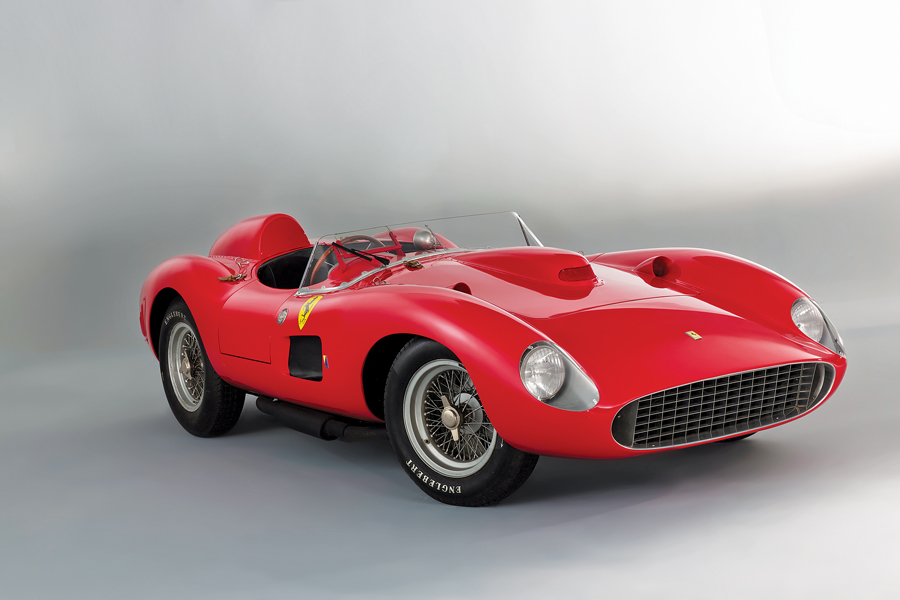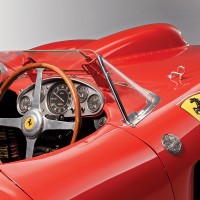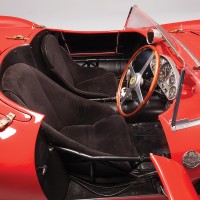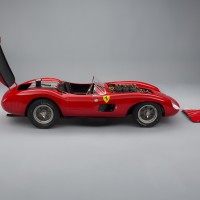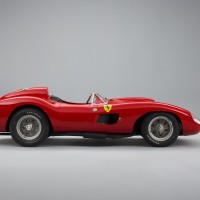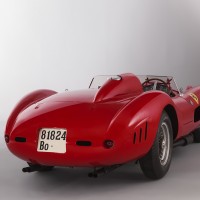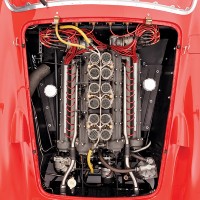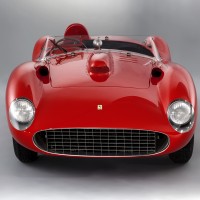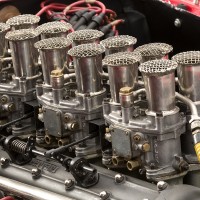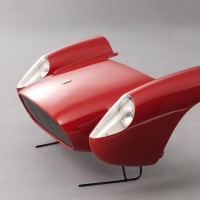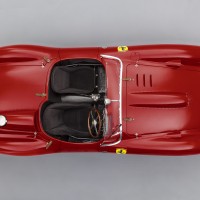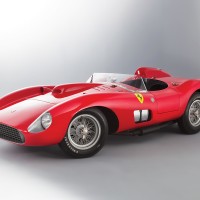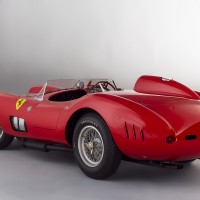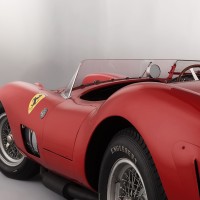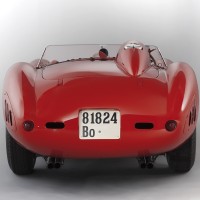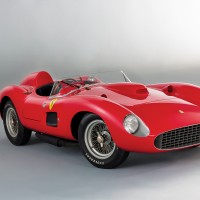SCM Analysis
Detailing
| Vehicle: | 1957 Ferrari 335 Sport Scaglietti |
| Years Produced: | 1957–58 |
| Number Produced: | Four |
| Original List Price: | N/A |
| SCM Valuation: | Median price (one sale, this car), $35,067,816. This is also the high sale for this very rare car |
| Tune Up Cost: | $4,000 |
| Distributor Caps: | $450. The car requires four |
| Chassis Number Location: | Left frame member by steering box |
| Engine Number Location: | Right rear |
| Club Info: | Ferrari Club of America |
| Website: | http://www.ferrariclubofamerica.org |
| Alternatives: | 1959 Ferrari 250 Testa Rossa, 1956 Maserati 300S, 1956 Mercedes-Benz 300SL Alloy |
| Investment Grade: | A |
This car, Lot 170, sold for $35,930,639, including buyer’s premium, at Artcurial’s Rétromobile auction in Paris, FRA, on February 5, 2016.
If you live across the pond, Artcurial’s French sale of chassis 0674 makes it the most expensive automobile ever to sell at auction. In the new colony, though, the sale fell short of the title by a few million dollars.
The discrepancy is the result of currency exchange rates, time and location. Bonhams sold a Ferrari 250 GTO for $38,115,000 at their Quail Lodge sale during the 2014 Monterey Car Week. At that time, the euro and pound were much stronger against the dollar, and the converted values were less than the 335 S sale. As sales are normally quoted in the seller’s currency, the GTO still has the top-dollar value.
Death forces breakup of collection
The exact story of the sale of the 335 S is a bit muddy and depends on your ability to read French court records.
The general theme goes that while Pierre Bardinon was good at making money, he was poor at estate planning. When he died in 2012, he left his children with a huge estate — and not enough cash to pay taxes. The problem fueled infighting among the children and eventually ended up in the French courts.
The French tax collector took a keen interest in the estate and pushed for prompt payment of the taxes. The result was that part of the estate would have to be sold to satisfy taxes. Moreover, to protect France’s interest, the assets had to be sold in France by a French auction company. The 335 S became the target of the sale, with Artcurial as the auction house.
One of three and a superstar
The 335 S is an exceptional car with a notable history. It was the superstar of Bardinon’s collection of stars. There were only four 335 S Ferraris built, and with one destroyed, only three are left.
Well-heeled collectors own the other two 335 S Ferraris, so 0674 may be the only 335 S available during the next couple decades.
The 21-year-old son of a prominent Midwestern collector, assisted by a prominent auctioneer, won the bid. The car will be going to a home just miles from the buyer of the ex-Bardinon 290 MM from December’s RM/Sotheby’s auction.
In a twist worth noting, following the sale, stories popped up that soccer star Lionel Messi bought the car. An Italian real-estate company hijacked the story by releasing a statement claiming they had made the deal. It was a juicy story that got picked up by news outlets that should have known better — including the Washington Post.
An under-the-radar star car
This was a trophy purchase, but I think one of opportunity over ego. If the buyer was looking for recognition, this is the wrong car. Only a minute percentage of the automotive community would recognize the car, and an even smaller number would know anything about its accomplishments.
This car is the van Gogh that has been in a family collection for a generation — not the “Mona Lisa” that half the world would recognize.
Owning this car is about owning the object of imagination. It’s sitting in the seat and knowing some of the greatest drivers in history sat right where you are. It’s looking over the windshield and seeing the checkered flag at Cuba.
This was a purchase of passion over investment.
Artcurial estimated the sale at 28 million to 32 million euros. The car sold for a little over 32 million euros. It beat the sale of the very similar ex-Bardinon 290 MM by about $7.5 million. The numbers are consistent with expectations, with no drama seen.
The real story here is estate planning. As seen in some other car collections, Bardinon’s joy became an albatross to his family after his death. As a result of his failure to plan, he subjected his family to years of unnecessary anguish and expense.
Should you be in a similar position, the time to plan is now. ♦
(Introductory description courtesy of Artcurial Motorcars.)
